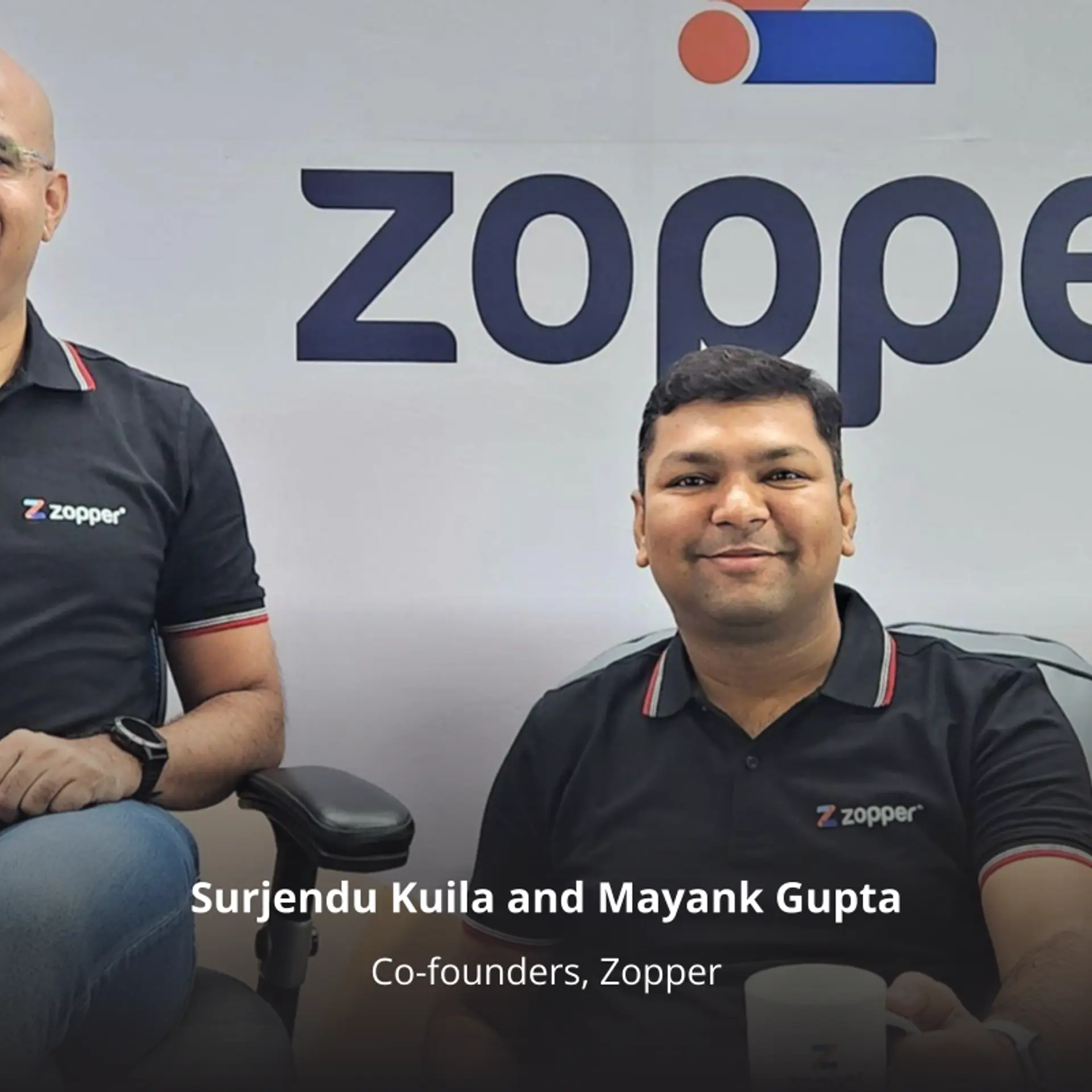What six top accelerators want to hear from startups
It’s a rare opportunity for a startup to pitch in front of one accelerator, let alone six on the same day. Recently, representatives from 500 Startups, Alchemist, Startup Bootcamp, Seedcamp, Open Network Lab and Chinacclerator watched nearly 40 startups deliver two-minute pitches in Seoul.

Image credit: Shutterstock
After the pitches, all of the reps came up on stage to give the startups advice on how to improve their pitches. Here are their eight top recommendations:
One: Your goal is to get a meeting
The reason you’re making a pitch is to get a meeting, not to convince an accelerator or VC to make an investment on the spot. Meeting One will lead to Meeting Two, which will hopefully give way to Meeting Three. Don’t lay out your entire case. Make your strongest points and cover the details or secondary business models during your meetings.
Two: Talk about your team
What makes your team uniquely able to execute your idea? The team and your passion, more than anything else, separate you from competitors. You must demonstrate a personal attachment to wanting to solve the problem you’re tackling.Otherwise, the accelerators will assume you’ll give up when things get tough and your bank balance is sitting at zero.
Three: Don’t pretend you’re perfect
What do you need help on from an accelerator? If everything is perfect, you’ll be fine on your own. Don’t be afraid to demonstrate a need.
Four: Talk about specific plans for growth
How will you get your first 100 or 1,000 customers? It’s easy for startups to make up market projections or valuations. What’s harder is sitting down and coming up with a strategy or traction or early growth. Make sure to talk about how you will grow and be specific about the next milestones you plan to reach.
Five: Focus on what the accelerators don’t know
Most accelerators can guess at the total size of the market you’re trying to tap. If you’re pressed for time, you can skip over this in your pitch. The exception to this is if you’re taking on a niche or re-segmented market that’s harder to gauge.
Six: Talk about how well you understand your customers and market
This isn’t just about proving that you’ve done your homework. It’s about showing that your strategies match up with actual customers, not just hypothetical ones.
Seven: Tell a story and capture attention
Having thought through your problem and solution is great, but the way you present that problem and solution is just as important. The story needs to be simple enough that anyone can understand, but you need to include details that show you know what you’re talking about. Accelerators and VCs see lots of startup pitches. They only remember a few.
Eight: End your pitch with a strong call for action
This can be a specific ask from the accelerator or asking the audience to download your app for something in return. No matter what the call to action is, it should be aimed at making you more memorable.
Special thanks to Haley Kim (500 Startups), Ravi Belani (Alchemist), Kirsten Connell (Seedcamp), Todd Embley (Chinacclerator), Shida Schubert (Open Network Lab) and Norbert Sommer (Startup Bootcamp) for your excellent advice.

About the authorErik Cornelius (USA) is G3 Partners’ COO. He has more than a decade of PR, marketing and market research experience in Korea, serving clients ranging in size from startups to Samsung. His professional passion is telling the stories of Asian startups to the rest of the world. Erik’s startup experiences include Shakr Media, where he was VP of Marketing, and Daumsoft, where he was International Marketing Manager.
( Disclaimer: The views in this article may or may not reflect the views of YourStory)
Related read: Insider view: How to get investors to say YES







